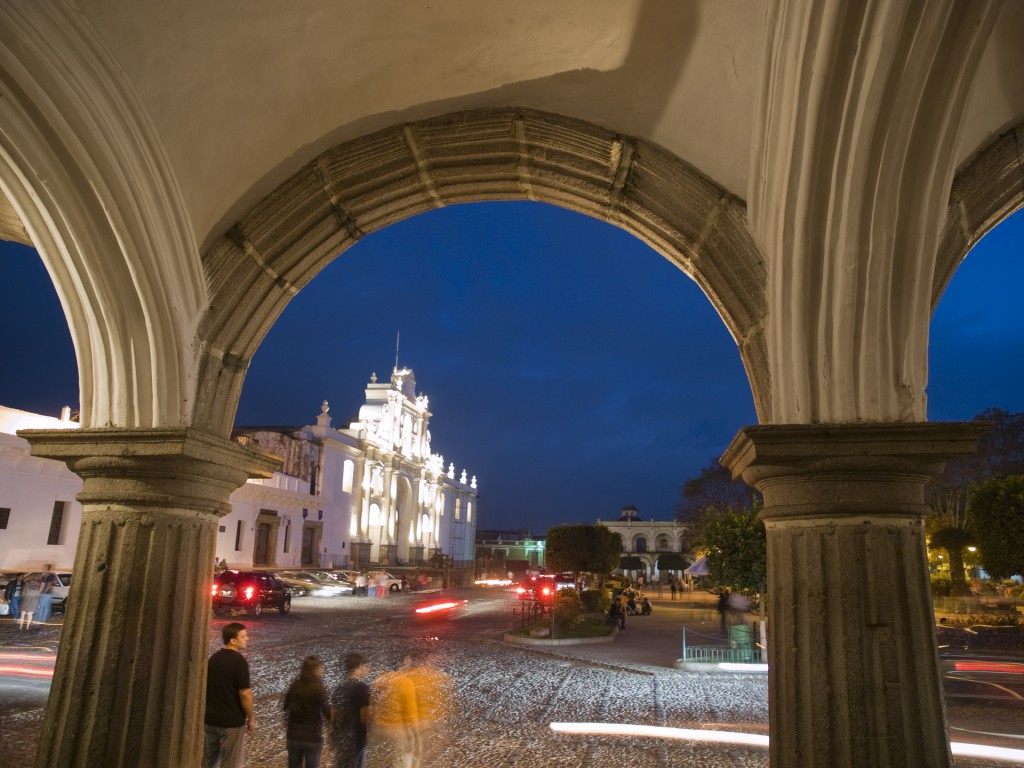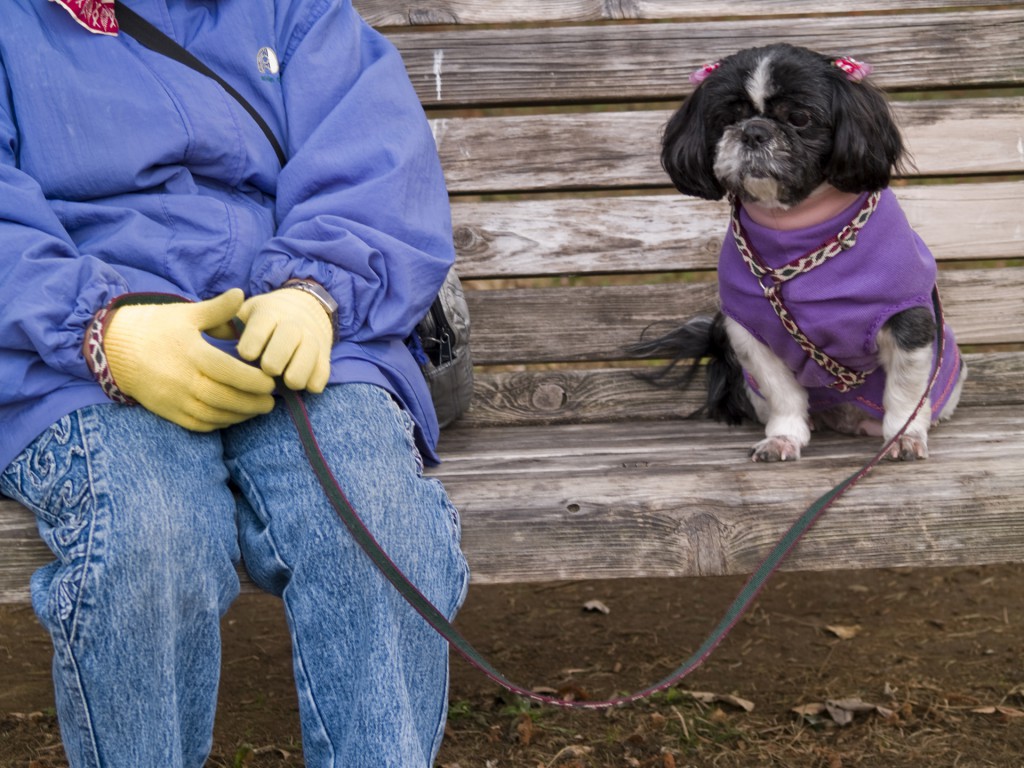I presented my work recently at the New England Camera Club Council annual convention in Amherst, Massachusetts. Purely by accident, the scheduling of my three presentations set up an informal experiment that helped me finally understand hunt (and verbalize) a theory I have long held about the importance of listening to photographs.
The annual convention of the New England Camera Club Council draws photographers from across New England, Canada and the North Eastern U.S. The 800 plus attendees had a wealth of educational opportunities they could take advantage of during a highly organized and inexpensive weekend conference.
I gave the same presentation on travel photography three times in two different venues. The first presentation was in a university lecture hall with amphitheater type seats for about one hundred people. The second presentation was in a more typical conventional hall with 500 plus chairs in row upon row of chairs repeating away from the podium where I stood. I expected that the second presentation would be better since it had the bigger room and I assumed it would be a larger audience. The last presentation was back in the university lecture hall with amphitheater type seats.
I enjoyed the first presentation, after the lights went down and I started talking/showing images, I now better appreciate how I judged the quality of my delivery and adjusted the pace of my presentation based on the reaction I was continually getting from the audience. In hindsight I did not appreciate how easily I could connect with the audience in that smaller room, until I started my talk in the larger venue and immediately realized I had no sense of the audience. After the lights went down in the bigger space and I started talking/showing images, I realized could not listen to them nor hear their reaction to my photographs. I pressed onward and gave what I assumed was a good presentation in the larger space, but I ended it less than satisfied.
When I did the third presentation, back in the more intimate space of the university lecture hall with amphitheater type seats, I immediately “found” my audience. As I spoke, I paid very close attention to how I listened to the reaction to the photographs as I gave my presentation. It was something of a revelation to finally understand something I had practiced for years but only understood after the informal experiment that resulted when I gave the same presentation three times in two different spaces.
As I listened carefully, I could hear people suck in their breaths as they were reacting to an image, as they were thinking of (or were even actually) saying something like wow, whoa or what the…… Similarly, I could hear people as the air went out of their lungs and they said “oh.” Laughter was easy enough to hear but more common was the pre-laugh chuckle that is harder to stifle than a full-blown laugh.
By the time I was done with my talk, I had committed myself to always practicing the habit of explicitly waiting a moment before talking about an image. As a teacher, each image serves as part of a lesson and so I have to say something about it. As an author, waiting a moment gave me an opportunity to sense the audience’s reaction to the image being shown.

Though I still talk about (and talk over) the images I show, I am going to be working harder to listen to the reaction my images produce in my audience, regardless of what type of audience that may be. If I could stand really close to people as they view my work in an exhibition (or in a magazine or a book) that would probably be my favorite way to share my photographs. Since I can’t practically do that, I will continue enjoying sharing my work as slide shows, where I am “listening” to the photographs (and especially to how the viewers react to the work.)
David H. Wells a free-lance photographer, based in Providence, Rhode Island. He specializes in intercultural communications and the use of light and shadow to enhance visual narratives.
See http://www.davidhwells.com/ and http://thewellspoint.tumblr.com/ His work has been featured in one-person exhibits at Brown University, the University of California at Berkeley and Harvard University.
David has launched an online educational tool with video podcasts and other useful information for photographers. It is called “The Wells Point” at http://thewellspoint.com. He was featured in Photo District News as one of “The Best Workshop Instructors.”
See http://tinyurl.com/PDN-Workshops
As an Olympus Visionary, Wells has been contracted by the camera company to produce images and provide feedback on new product lines.


